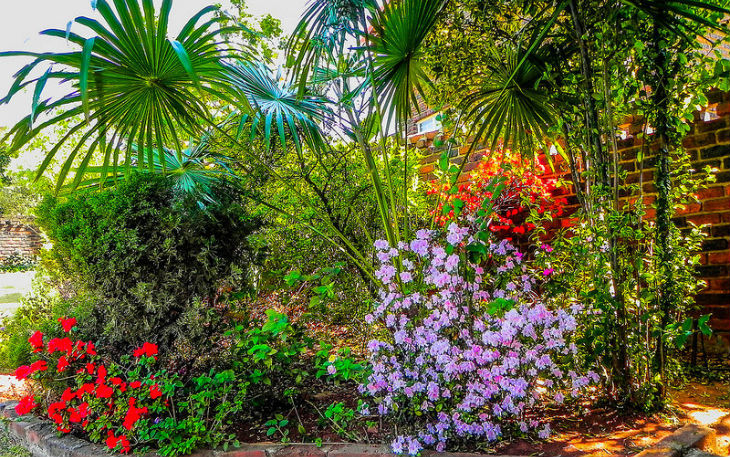
The best thing about having an annual garden is the fact that there’s no need to keep replanting different plants every year. They come in a wide variety of shapes, sizes and colours which means that you can experiment with a range of different looks. You can also plant other types of plants in amongst the annual plants, allowing you to be as creative as you’d like. This guide should help advise you on how to plan and plant your own annual garden.
Planning the Plants
Before you start planting, you should take into consideration what type of look you’re going for and the type of plants you want to use.
- Low-Growing Plants- These can be used to create a sort of carpet for the rest of your plants, which can be a nice finishing touch to your garden as it covers the ground. These plants will soften the edges of your garden and inject even further colour. Low-growing plants include: Fan flowers, sweet alyssum and million bells.
- Spiky Plants- Spiky plants are great for adding some extra texture into the landscape of your garden. They can help to prevent your garden from looking monotonous and are definitely eye-catching. Spiky plants to choose from include: Angelonia, snapdragon and salvia.
- Compact Annuals- This type of plant are perfect because they allow even those of us with the smallest garden space to grow annual plants. They grow well in containers and window boxes, but can also add a touch of delicacy in a larger garden space. Diascia, small pansies and trailing lobelia are just some compact annuals that you could include in your annual garden.
- Mound-forming Annuals- These plants make a great main focus point in your annual garden. They are perfect for adding a large chunk of colour and will fill any space they are put into. You could choose from: California poppy, French marigold or geraniums.
- Leafy Plants- Leafy plants will add the foliage that is essential to making your annual garden look fantastic. Not only will they add a sense of depth to your garden displays but many will flower, too! Leafy plants to include in your annual garden could be: ornamental cabbage, perilla and dusty miller.
Planting your plants
Once you’ve decided what to include, it’s important that you plant them in a way that will help them look their best. Here are some general rules:
- Small in front, large at the back. This idea completely follows logic, but is essential to ensure that all plants will be seen. This method also helps to create a good shape to your garden and will keep it looking neat and can make a space look fuller than it is.
- Repetition and symmetry. It’s a fact that symmetry is aesthetically pleasing and repeating patterns and colours of plants will ensure that your garden is pleasant to look at. Of course, an occasional break can be effective, but in general, stick to a plan.
- Stay simple. While you may want your garden to look full, too many different plants and colours can make the garden appear cluttered and messy. Less is more.
Do you have any more tips on how to plan and plant an annual garden? Let us know!
[Photo Credit: Kartaba ]

